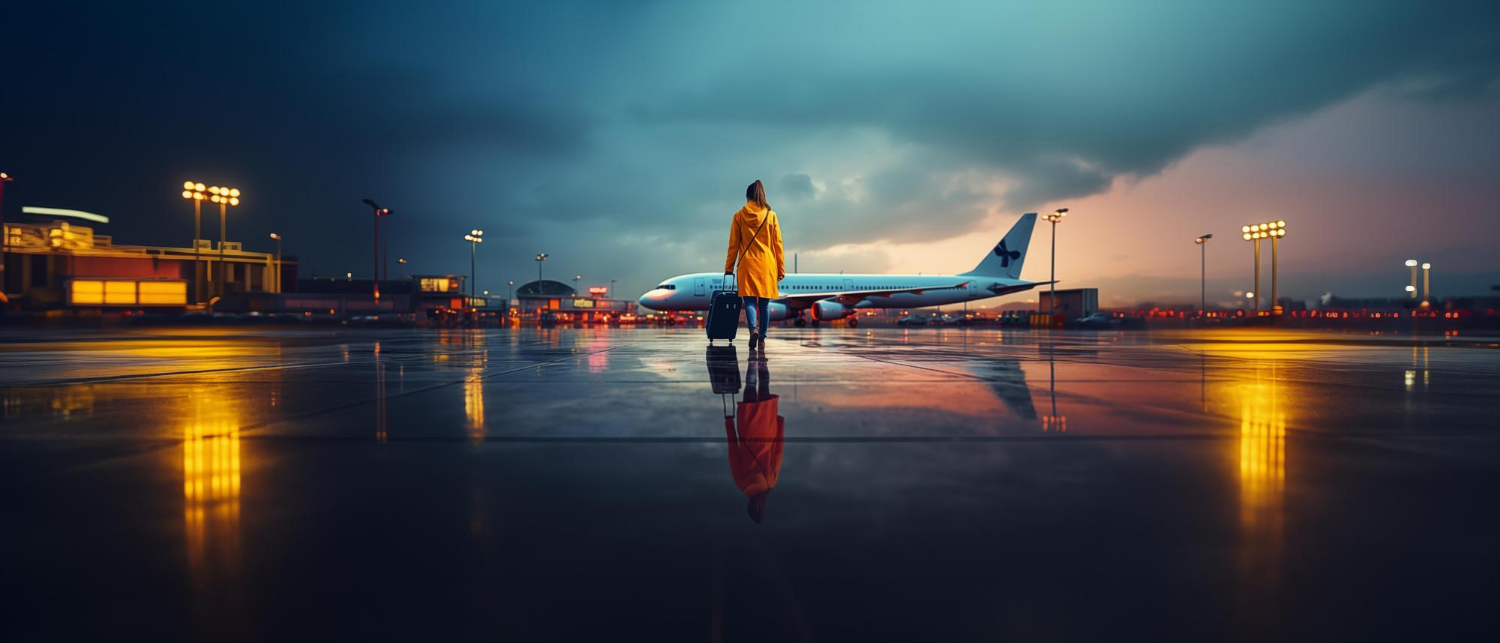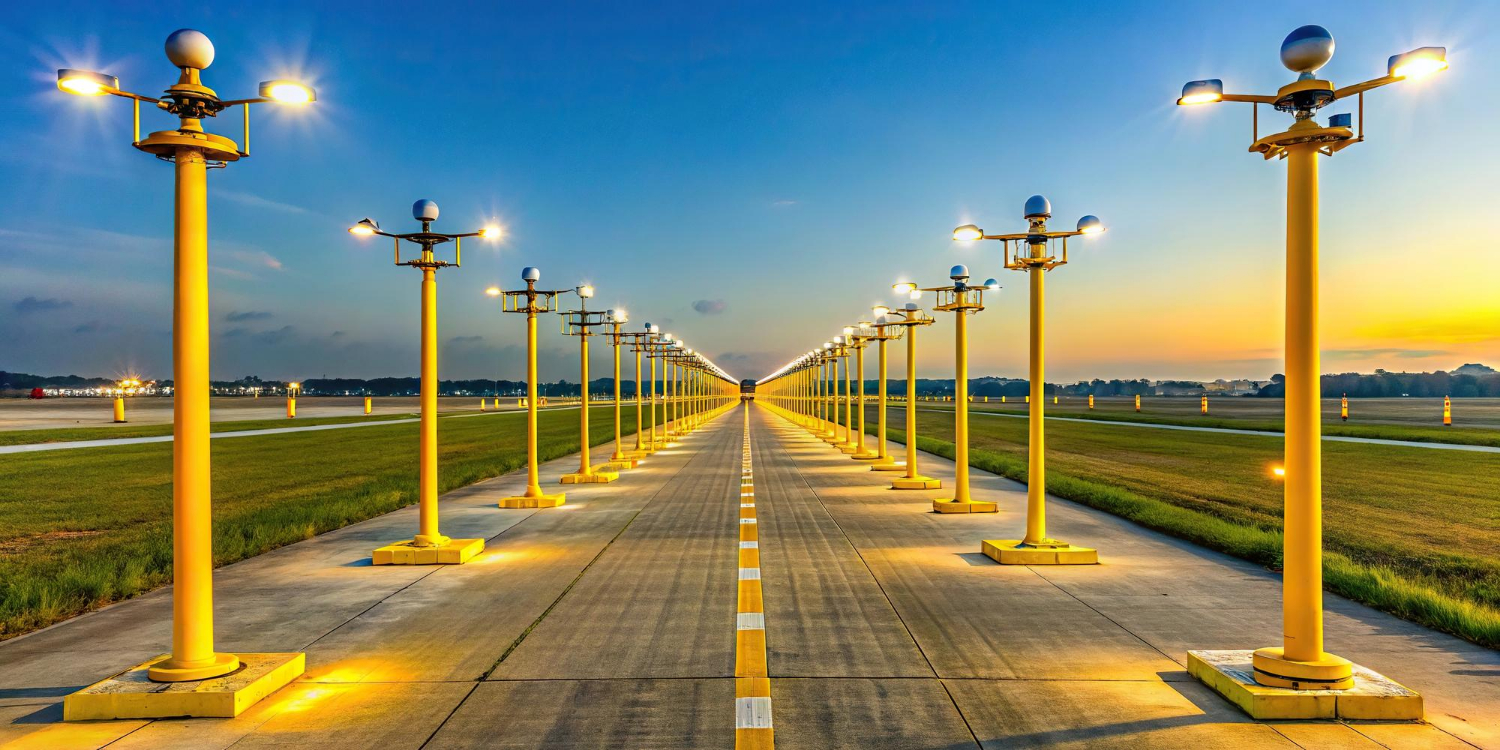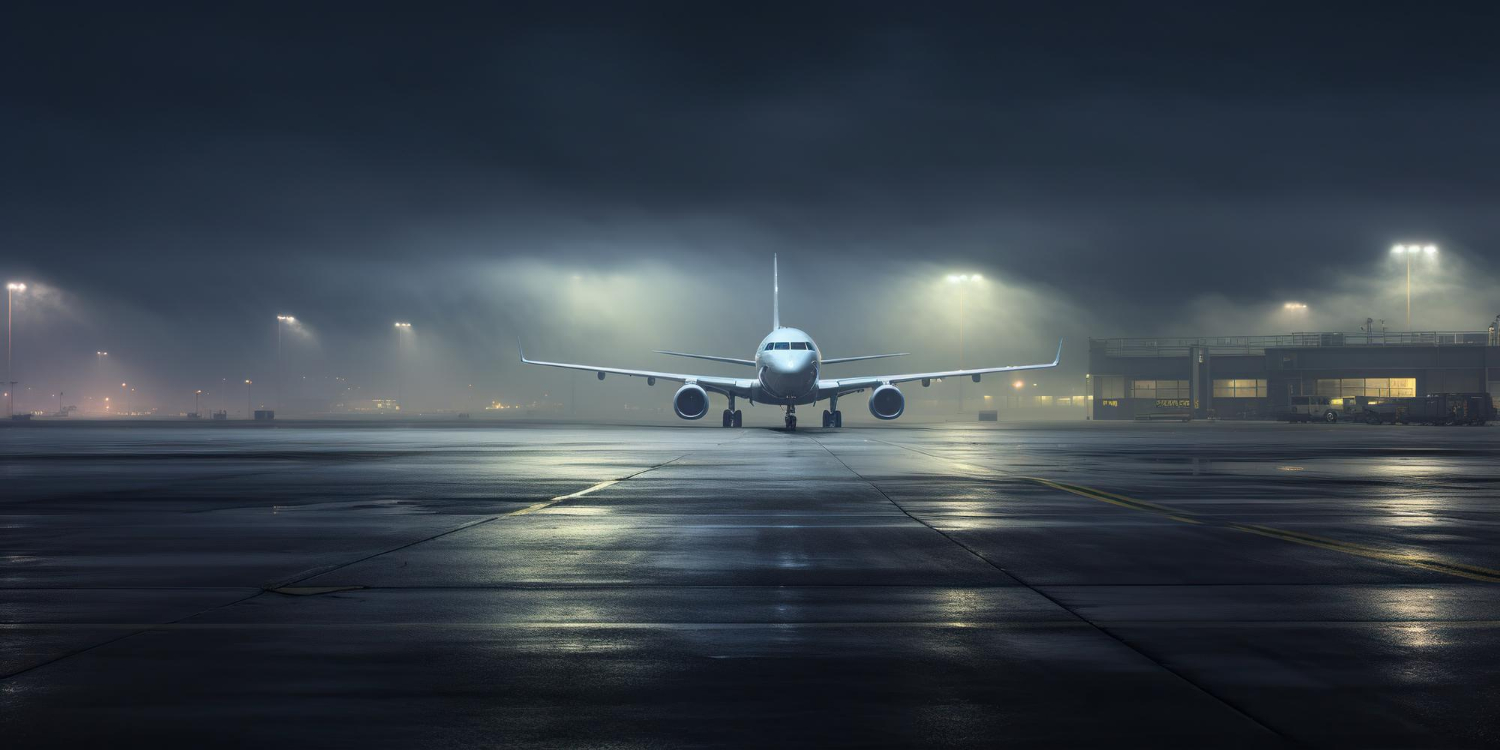
There is no doubt that when we talk of air travel, we are perhaps talking about the safest mode of transportation. It might bring in a surprise to many, but it is true. This is because safety is always at the left, right and centre of air travel. Landing of an aeroplane is equally important as its takeoff and mid-air operation and it becomes even more sensitive at night.
Normally, almost all the runways have special lighting systems providing the pilot with an idea of direction, distance and altitude. But have you ever wondered what would happen if a plane had to land on a runway without any runway lights? Is landing even possible in this case?
In this blog, we will have our focus on a situation where a plane has to land on a runway without a pilot at night without runway lights. We will explore the significance of runway lights, the challenges of landing without them and the rare instances where a plane has successfully landed without runway lights, both in India as well as around the world.

The role of runway lights extends beyond guiding aircraft during landing; they also provide visual cues indicating whether a plane can safely land on the runway. At night or in harsh weather, these lights provide the pilot with a clear indication of the runway boundaries, centreline and approach path.
When it comes to landing a plane without these lights, it is like walking blindly on an unknown path. This is why aviation regulators globally, such as ICAO and India’s DGCA, mandate that any commercial aircraft can only land at night on runways which have standard runway lighting.

Yes, an aeroplane can also land without runway lights, but it is extremely challenging and risky, to say the least. These sorts of landings have been made possible by pilots under specific conditions, but they require several contributing factors.
Firstly, the pilot’s experience and training play a big role when this sort of situation arises. Military pilots are trained for night vision and landing without visual aids. Secondly, if there is an instrument landing system (ILS) at the airport, the pilot can land without keeping an eye on the runway.
In some severe cases, ground staff and ATC make temporary arrangements such as marking the edge of the runway with vehicle headlights. However, this can only be beneficial in certain situations, not always.

In 2020, the Indian Air Force's C-130J Super Hercules landed at Leh airbase without runway lights. This incident occurred during a tense border situation with China. The area is located at a high altitude and has low visibility. The runway was guided by temporary portable lighting and night vision equipment. This operation was a testimony to the strategic capability of the Air Force.
However, most of the smaller airports in India still do not have runway lighting. Many regional airports operate only during the day because they lack the infrastructure for night-time landings. Consistent with DGCA guidelines, runway lights, backup power and ATC staff are compulsory for night operations.
In 2023, an Indigo flight going from Pune to Goa landed at the Goa airport without the runway lights. The Air Traffic Control said that the lights went off because of a technical glitch in the power supply. The pilot landed the aeroplane safely with the help of instruments and ATC. The DGCA had ordered an investigation of the incident.

The US Air Force landed without runway lights several times during operations in Afghanistan. Particularly at night, when the runways were kept dark for security reasons from terrorists, the planes landed with night vision and GPS. These included even large aircraft like the C-17 Globemaster.
Runway lights are sometimes out in rural Alaska during the winter because of power outages. In 2016, a pilot landed on a small airstrip in Anchorage without lights during a medical emergency. People from a neighbouring village had marked the runway with vehicle headlights.

Night landing without runway lights should be seen only from an emergency or military perspective. It is not a normal practice. Its major risks include:
So, such landings are not permitted in normal circumstances unless there is an emergency.

Going forward, technology might provide a concrete solution to this challenge. Modern aircraft are evolving auto-landing systems, GPS-based landing guidance and AI-based tracking systems. Simultaneously, the Indian government should adopt technologies like solar runway lighting at smaller airports to allow night operations. Apart from this, training programs can be formed for pilots for 'dark runway landing' in limited circumstances.

Landing at night without runway lights may be possible, but it can be done only as an exception. It is unacceptable unless there is an emergency. With continuous technological innovation and a strong regulatory system, we can safely mitigate these challenges going forward.
To complete such a difficult landing, a pilot should be expertly trained. If you're looking for the best pilot training, Flapone Aviation is here to provide it. So, don’t think too much and join hands with us to become a pilot of the highest repute.
Whether you're a beginner or looking to upskill, our training advisors can help you choose the right course.